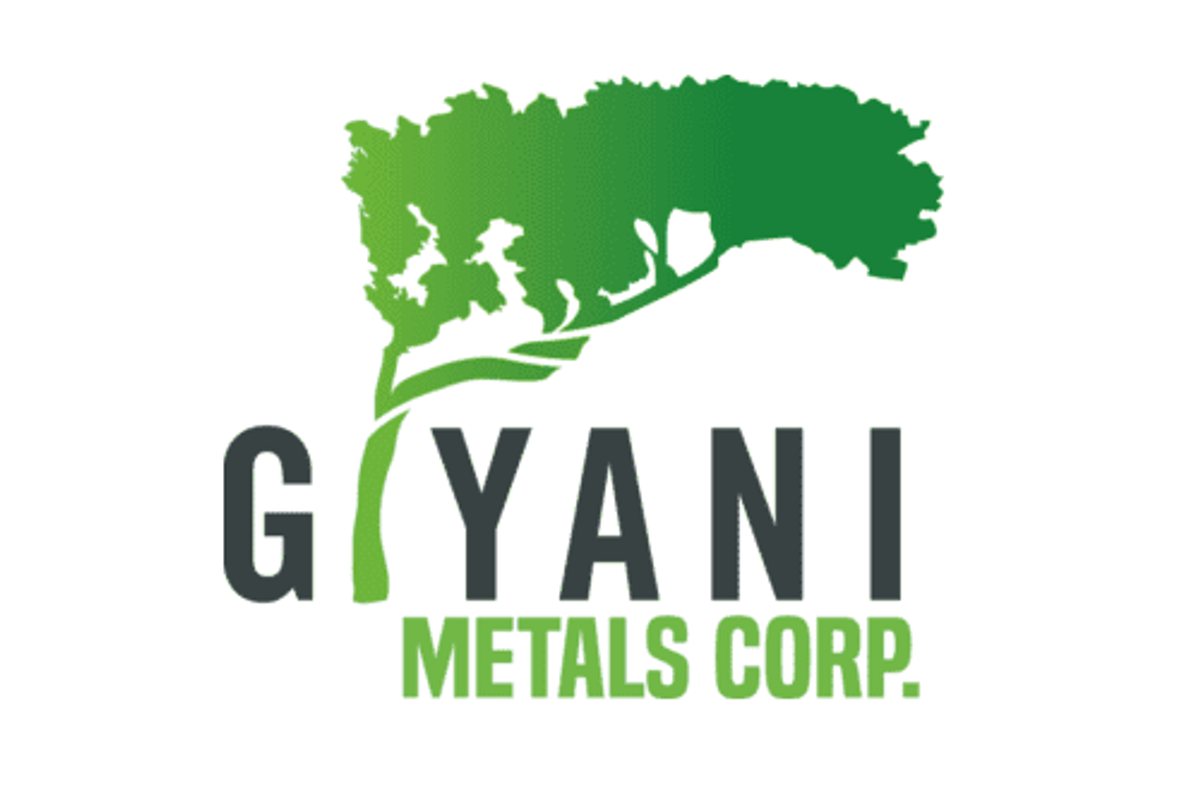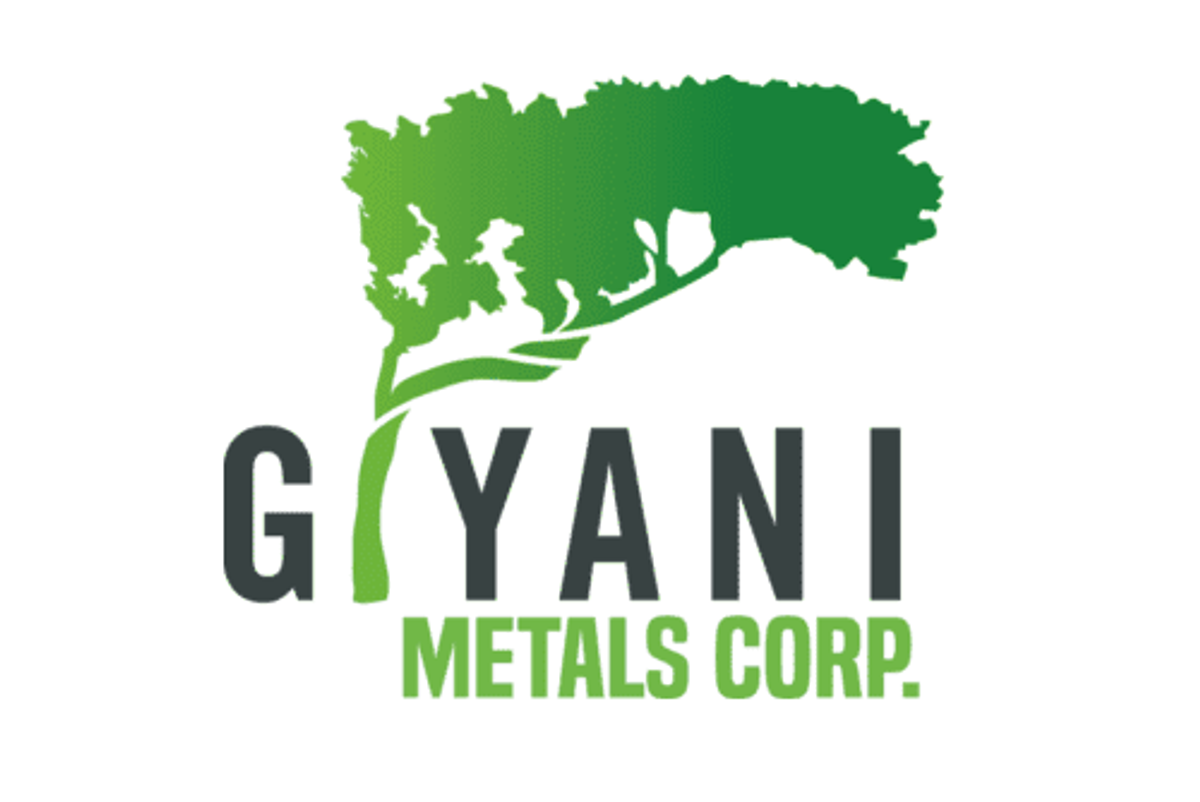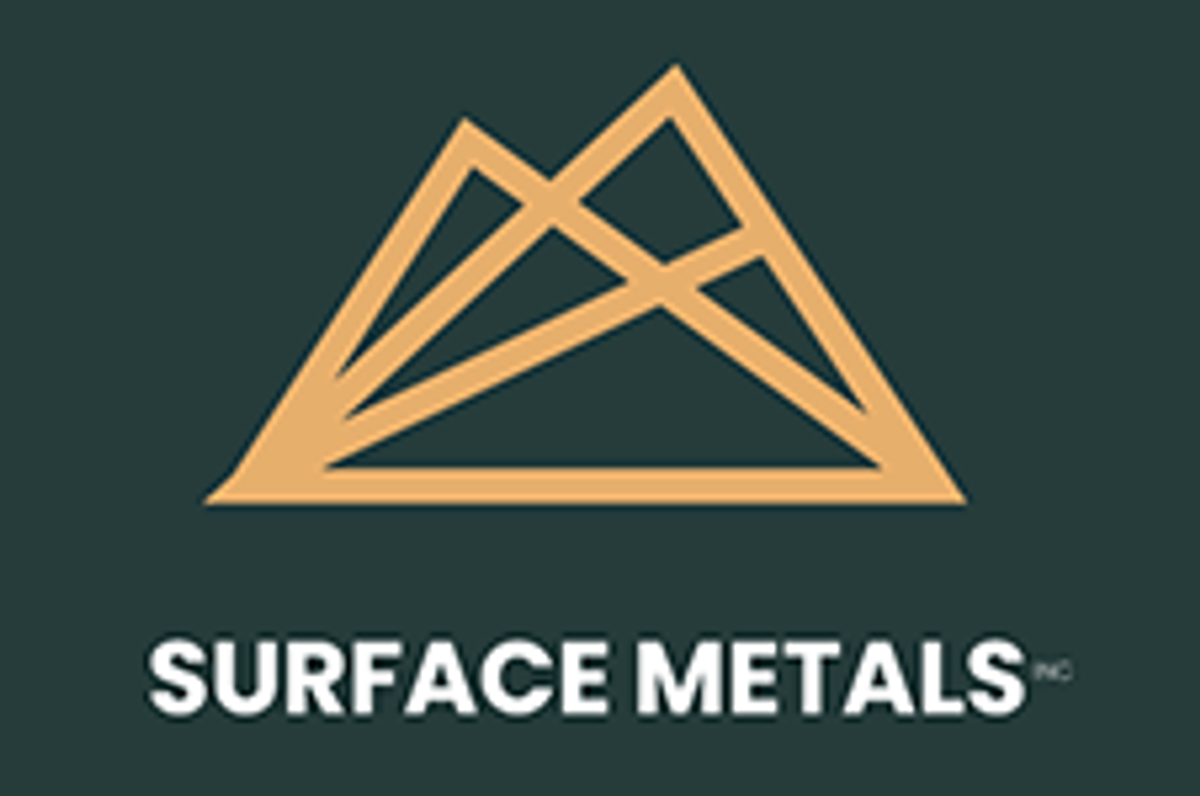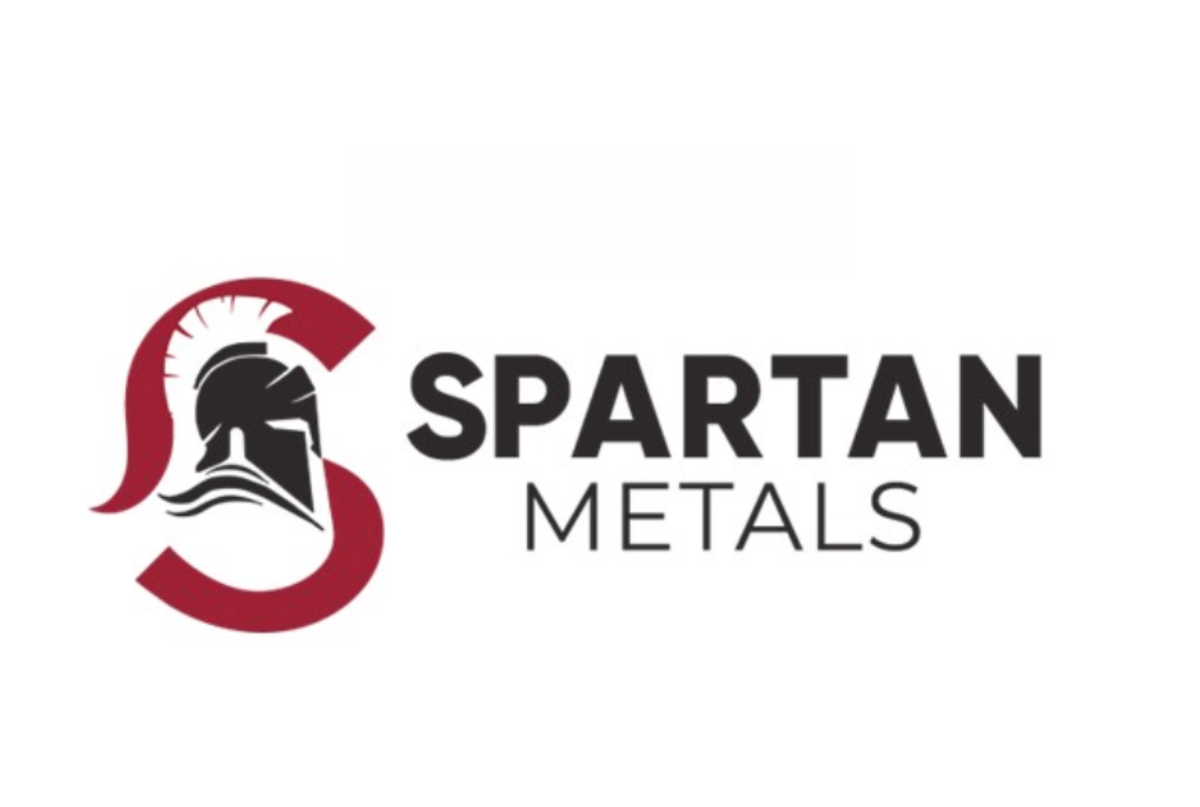
Not for distribution to U.S. newswire services or for dissemination in the United States
Giyani Metals Corp. (TSXV:EMM, GR:A2DUU8) (the " Company "), developer of the K.Hill battery grade manganese project in Botswana, announces details of its annual and special meeting of shareholders (the " Meeting ").
The Meeting will be held on Thursday June 16, 2022 and is scheduled to commence at 09:00 (EDT) at the offices of Stikeman Elliott LLP, 5300 Commerce Court West, 199 Bay Street, Toronto, Ontario, M5L 1B9. Any attendees will be required to present evidence of full vaccination against COVID-19 in order to gain access to the Meeting.
Shareholders are also invited to register to participate in the Meeting and hear a corporate update from the Company via the online broadcast (link below):
Click here to register for Giyani Metals Annual and Special Meeting of Shareholders
About Giyani
Giyani is a mineral resource company focused on becoming one of Africa's first low-carbon producers of high-purity manganese sulphate precursor materials directly from manganese oxide ore, used by battery manufacturers for the expanding EV market, through the advancement of its manganese assets in the Kanye Basin in south-eastern Botswana, (the " Kanye Basin Prospects ") through its wholly-owned Botswana subsidiary Menzi Battery Metals (Pty) Limited. The Company's Kanye Basin Prospects consist of 10 prospecting licences and include the past producing Kgwakgwe Hill mine and project, referred to as the K.Hill Battery Manganese Project, the Otse manganese prospect and the Lobatse manganese prospect, both of which have seen historical mining activities.
The Company is currently undertaking a feasibility study on the K.Hill Battery Manganese Project, following an updated preliminary assessment report announced on April 12, 2021, with a post-tax NPV of USD332 million and post-tax IRR of 80%, based on a development plan to produce around 891,000 tonnes of HPMSM over a 10 year project life. An updated 43-101 technical report on the K.Hill Battery Manganese Project is available on www.sedar.com and on the Company's website at www.giyanimetals.com.
On behalf of the Board of Directors of Giyani Metals Corp.
Robin Birchall, CEO
Contact:
Robin Birchall CEO, Director
+44 7711 313019
rbirchall@giyanimetals.com
George Donne
VP Business Development
+44 7866 591 897
gdonne@giyanimetals.com
Judith Webster
Corporate Secretary
+1 416 453 8818
jwebster@giyanimetals.com
Neither the TSX Venture Exchange (the "TSXV") nor its Regulation Services Provider (as that term is defined in the policies of the TSXV) accepts responsibility for the adequacy or accuracy of this news release.
The securities described herein have not been registered under the United States Securities Act of 1933, as amended (the "U.S. Securities Act"), or any state securities laws, and accordingly, may not be offered or sold to, or for the account or benefit of, persons in the United States or "U.S. persons," as such term is defined in Regulation S promulgated under the U.S. Securities Act ("U.S. Persons"), except in compliance with the registration requirements of the U.S. Securities Act and applicable state securities requirements or pursuant to exemptions therefrom. This press release does not constitute an offer to sell or a solicitation of an offer to buy any of the Company's securities to, or for the account of benefit of, persons in the United States or U.S. Persons.







